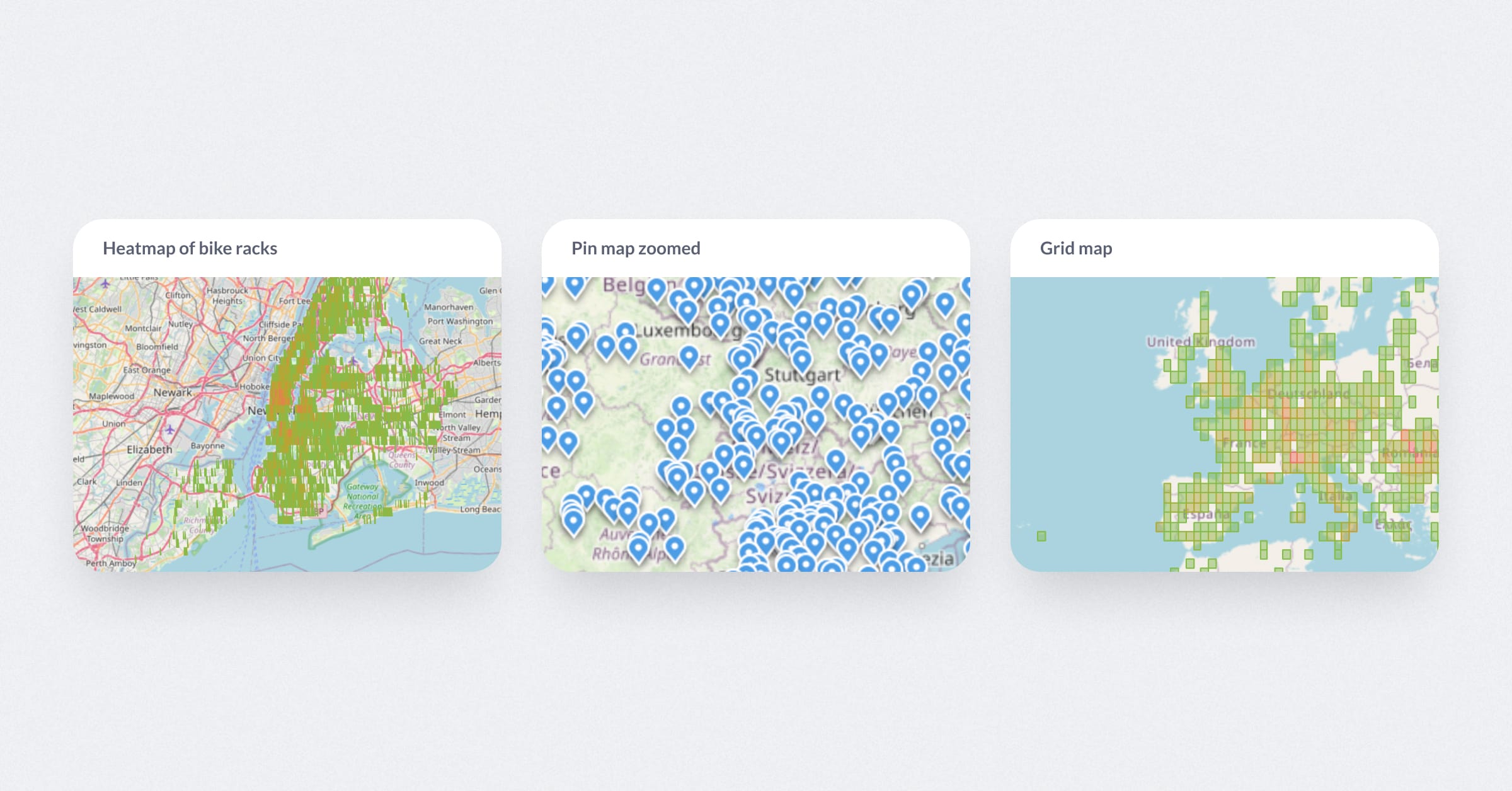Product
Features
Docs
Resources
Blog
News, updates, and ideas
Events
Join a live event or watch on demand
Customers
Real companies, real data, real stories
Discussion
Share and connect with other users
Self-service analytics
Business intelligence for everyone

Embedded analytics
Fast, flexible customer-facing analytics
Starter and Open Source
Pro
Enterprise
Platform
Data Connectors
Security
Cloud
Demo
Watch 5-minute demo
Analytics dashboards
Drill-through
Query builder
SQL editor
Models
Permissions
CSV upload
Sandboxing
Usage analytics
Collections
Updates
What’s new
Roadmap
Blog
Events
Customers
Discussion
Metabase Experts
Community Stories
Startup Guide to Financial Modeling
New
UEFA EURO 2024 Dashboard
New



